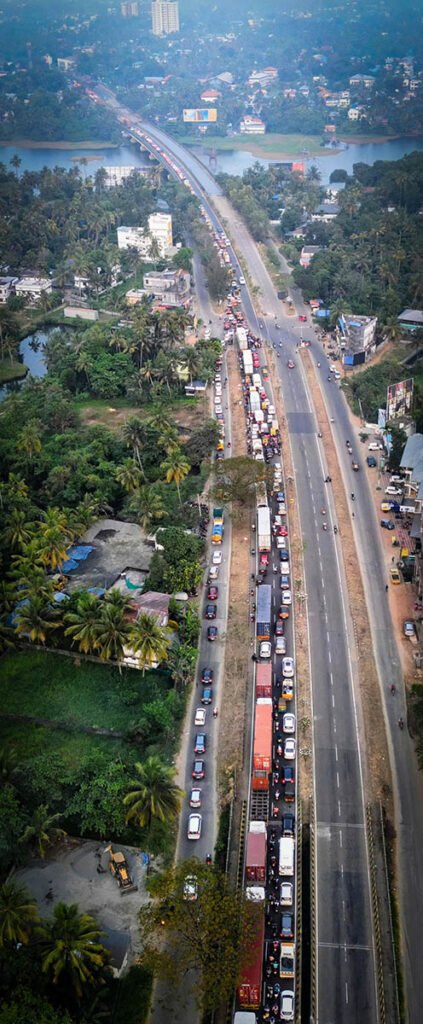BIRDS EVE VIEW OF MY TRAFFIC TRAUMA
Gridlock Chronicles: A Bird’s-Eye View of My Traffic Trauma
They say every photographer has a moment when inspiration strikes out of nowhere. Mine struck in the middle of a traffic jam—literally.
I had set out on a mission, camera in tow, to capture a different scene altogether. But fate (and a few hundred bumper-to-bumper vehicles) had other plans. The road was so jammed that we weren’t just moving slowly; we were evolving into fossils, one inch at a time. Every five minutes, the entire queue would celebrate a grand one-foot victory, as if we were part of some slow-motion parade no one signed up for.
As I sat there contemplating my life choices, a thought hit me—why not see the chaos from above? Enter my drone, my loyal eye in the sky. As it soared over the sea of vehicles, I finally saw the full magnitude of what I had become a part of. It was a majestic disaster—an unintentional parking lot stretching as far as the eye could see.
Realizing I had unknowingly become a permanent resident of Container Road, I made the executive decision to escape. A quick detour through Cheranalloor later, I was back in the city, free and breathing. The moral of the story? Sometimes, the best pictures come when you least expect them… and the best routes are the ones that don’t involve five-minute one-foot sprints.
PS: If you were stuck in that traffic jam and saw a drone hovering above, don’t worry—I was suffering with you. I just happened to have a better view of our collective misery!



